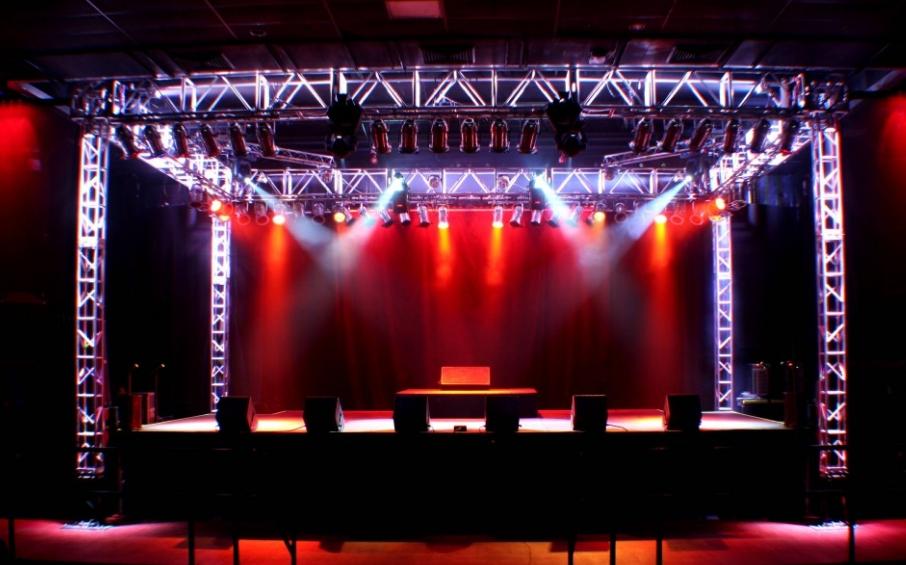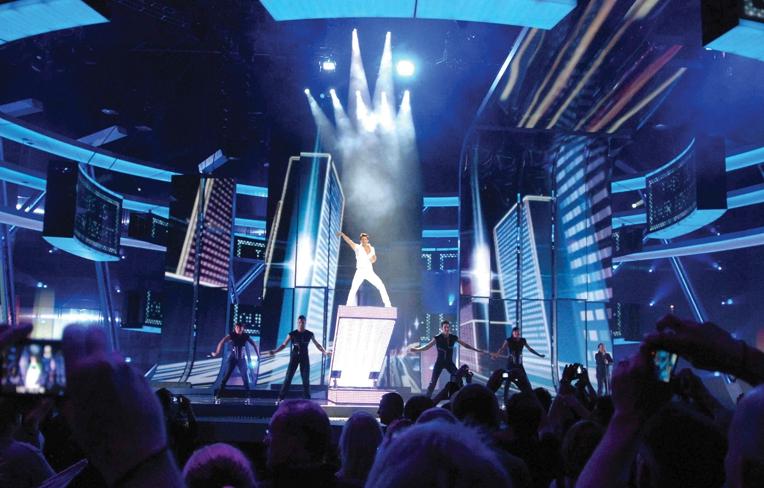Description and features of theatrical stage lighting
Stage lighting has a number of specific features. To make it right, it is worthwhile to study the topic in advance and understand what principles are used to organize stage lighting.
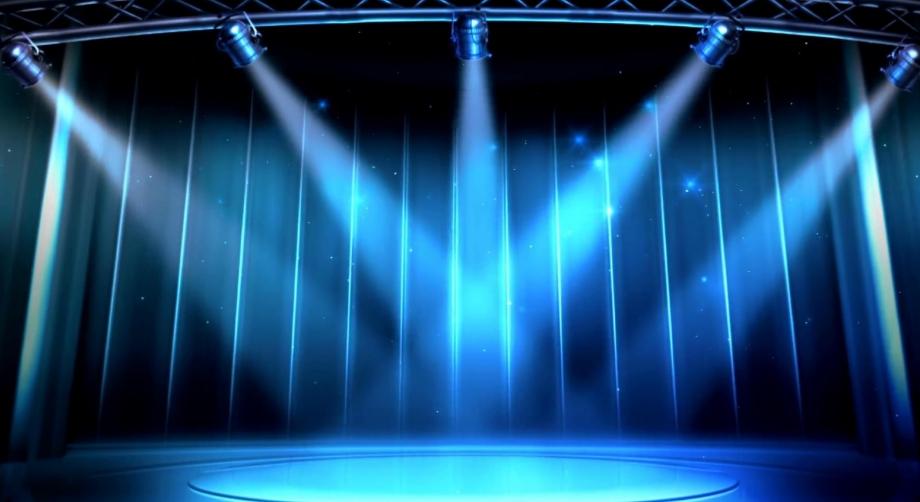
Main features
Theatrical lighting has its own differences and is organized taking into account several basic principles that are always the same:
- Light is not a separate element, it is part of the overall complex design and is needed to create the image of what is happening. Through the lighting provides good visibility and focuses attention on specific areas of the scene or performers.
- The lighting system can not be static, it consists of a variety of elements that need to be turned on and off at certain times to play with light and shadow. It's particularly difficult to make the action dynamic, and in this case the perception of what's going on depends on the changes in the lighting.
- Concerts, performances and other events take place on the stage of a house of culture or any other institution. And at each of them it is necessary to clearly illuminate what is happening, so it is necessary to think everything out in advance and set up the effects during rehearsals.
- Light sources have different functions and can not always be used. Before you choose the type of equipment, you need to think about what kind of compositions will be created. It is better to make a system that is easily transformable.
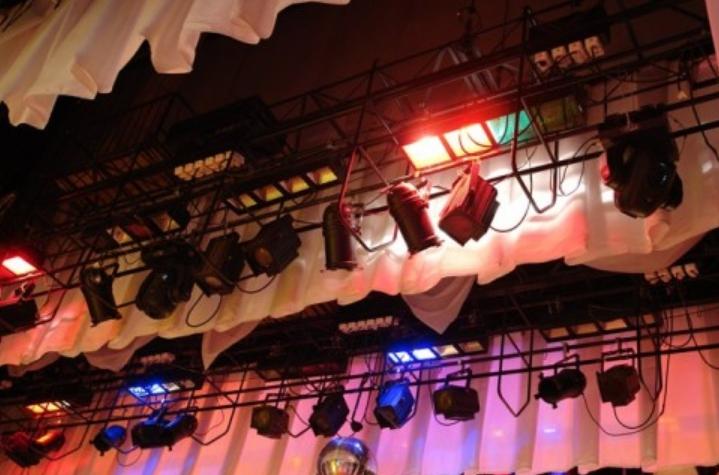
No matter where the lighting is done - in a theater, on a school stage, etc., it is necessary to take into account the dynamics of the action to provide the desired effect. It is desirable to be able to make changes, as static light does not give the proper effect.
Types of lighting
Depending on the amount of equipment used, there are two main varieties. Each has peculiarities, which should be understood in advance.
Single light source
This option is difficult to implement, because to illuminate the scene you need to install spotlight at a considerable distance. The bigger the illuminated area, the farther the equipment must be installed, which is not always possible in small halls.
With this technique you can highlight a single speaker or soloist. Light is almost impossible to regulate, it is impossible to set color accents. It is tuned to a specific point, most often in the middle, often put a mark on the floor for a person to understand where he should be positioned for the best effect.
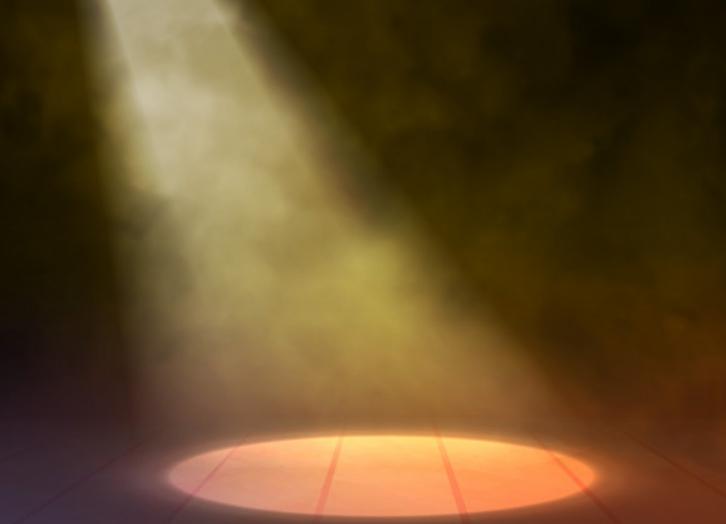
If a person steps back into the scene, the illumination will decrease dramatically.
There is a simple rule to remember - the smaller the light source, the sharper the boundary between light and shadow on the stage. Large spotlights, on the contrary, highlight a large area, but at the same time the difference in light intensity is not so obvious.
Using multiple light sources
To make a versatile and fast-changing light on stage, it is better to use different options:
- Multiple equipment can be used: front, back, bottom, top, sides, etc.
- Any type of lighting is used. It all depends on the specific conditions and goals.
- Several options on each side, so that by combining different modes it is possible to achieve any effect.
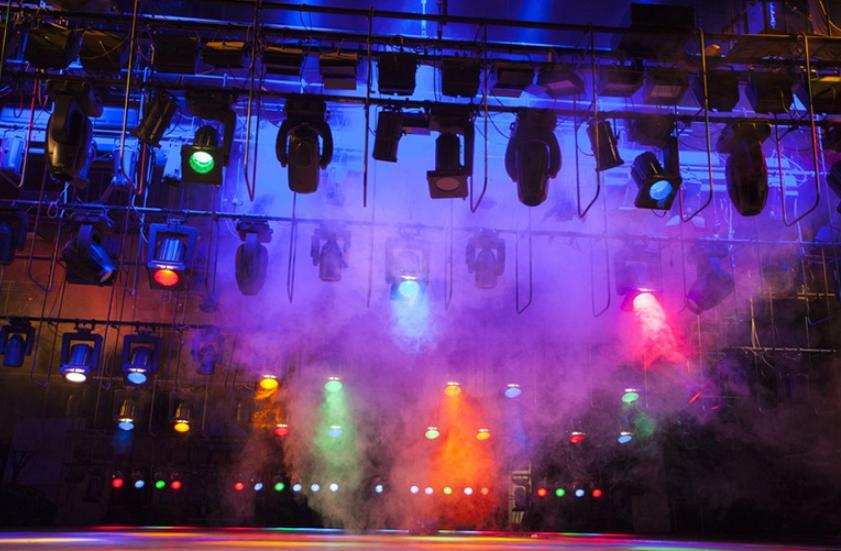
By the way! If the scene is used for different purposes, it is better to give preference to moving equipment or lights that can be adjusted as desired.
How to choose the angle of incidence of light
The perception of what happens on stage depends on this aspect, so you need to choose the right angles of light incidence. Several options are used, which are not difficult to understand:
- Horizontal Horizontal or flat - it's straight and coincides with how the audience sees the stage from the audience. It is the background lighting that provides good visibility, most often used as auxiliary lighting.
- Rear lighting Comes from the back of the stage, can be hidden or open. It is used to add drama or to highlight the silhouettes of those on stage.
- Side light is most often placed to the sides, often hidden behind the curtains. With it you can accentuate what is happening on the stage.
- Overhead lighting can be on the ceiling, or on a special beam that rises or falls. Creates a sense of monumentality, but can also give a pressing effect.
- Ramp light Comes from a special niche, which can be placed either almost under the feet of those on stage, or slightly in front of them. It is most suitable for concerts and pop performances, because it looks artificial.Often a metal frame is used to mount the lights.
- The upper front Installed in a niche or on a beam, which is located under the ceiling in front of the stage. One of the best solutions to create a natural atmosphere and immerse the audience in what is happening on stage.
- Diagonal lighting Goes at an angle, and allows you to create interesting shadows or emphasize certain angles, to give the originality of the event.
The effect of each option is different for different scenes.
How to combine different angles of stage lighting
Stage lighting is a complex system where it is impossible to achieve a good effect without combining different lighting angles. There are a number of peculiarities to keep in mind:
- To make a figure or object more contrasting and visually closer to the viewer, you need to highlight them with back lighting. In doing so, you can dim the main sources of light for maximum expressiveness. And using only back lighting will provide a dramatic effect at the right moment.
- The combination of different angles in the lighting highlights a particular object. By dominating the brightness of this or that lamp can change the perception of the viewers, then you need to select the optimal combination in advance, understand how this or that option works.
- In order to focus attention on one object and keep it focused on, only one source of light should dominate the lighting. The others have an auxiliary function, and reducing their intensity gives the best effect.Several lighting options can be used at the same time.
- It is not necessary to combine all possible options at the same time. It is better to choose 1-2 suitable corners of light and make them a priority, the rest can serve as a background. And if you leave only a small portion of the lighting, you can accentuate at the right moment to get the best effect.
For theatrical productions it is often necessary to simulate real light sources on the stage - lanterns, lamps, etc. In this case, solutions are selected that will not dazzle the audience, but will ensure realism.
What to consider when creating stage lighting schemes
Since the system depends on the size and shape of the stage, the peculiarities of the hall and what will happen, there is no point in giving specific recommendations. It is best to follow general principles to create the ideal scheme:
- It is better to give preference to dynamic lighting, from static the audience quickly gets tired and attention is inevitably scattered.
- To create a dramatic effect and attract attention, you can dim the light for a short period, but do not abuse it.
- Flood lighting provides good visibility of what is happening on stage. Directional light can be used to accentuate the desired objects, and dynamic lighting can provide a variety of effects.
- It is best to combine different versions of equipment, so you can play with the light and due to this emphasize what is happening on stage.
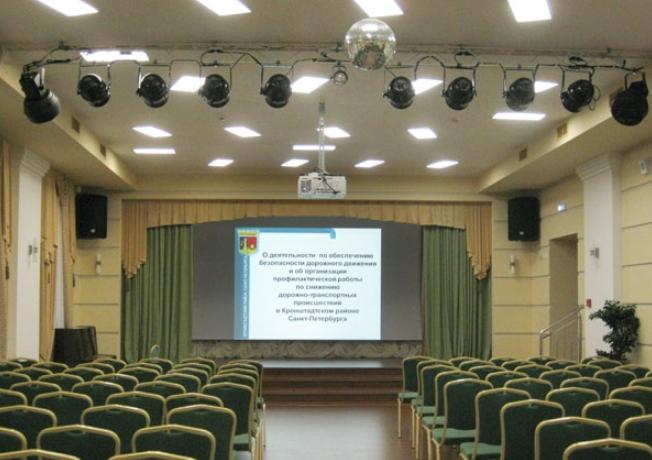
It is better to use a control system that will execute the scenario according to a predetermined algorithm without human intervention.
In conclusion, we recommend a video on the subject:
Creating a reliable scene lighting system is not easy, but if you understand all the nuances, you can achieve a good result. It is important to combine different lighting angles and use the right equipment for the specific conditions.
